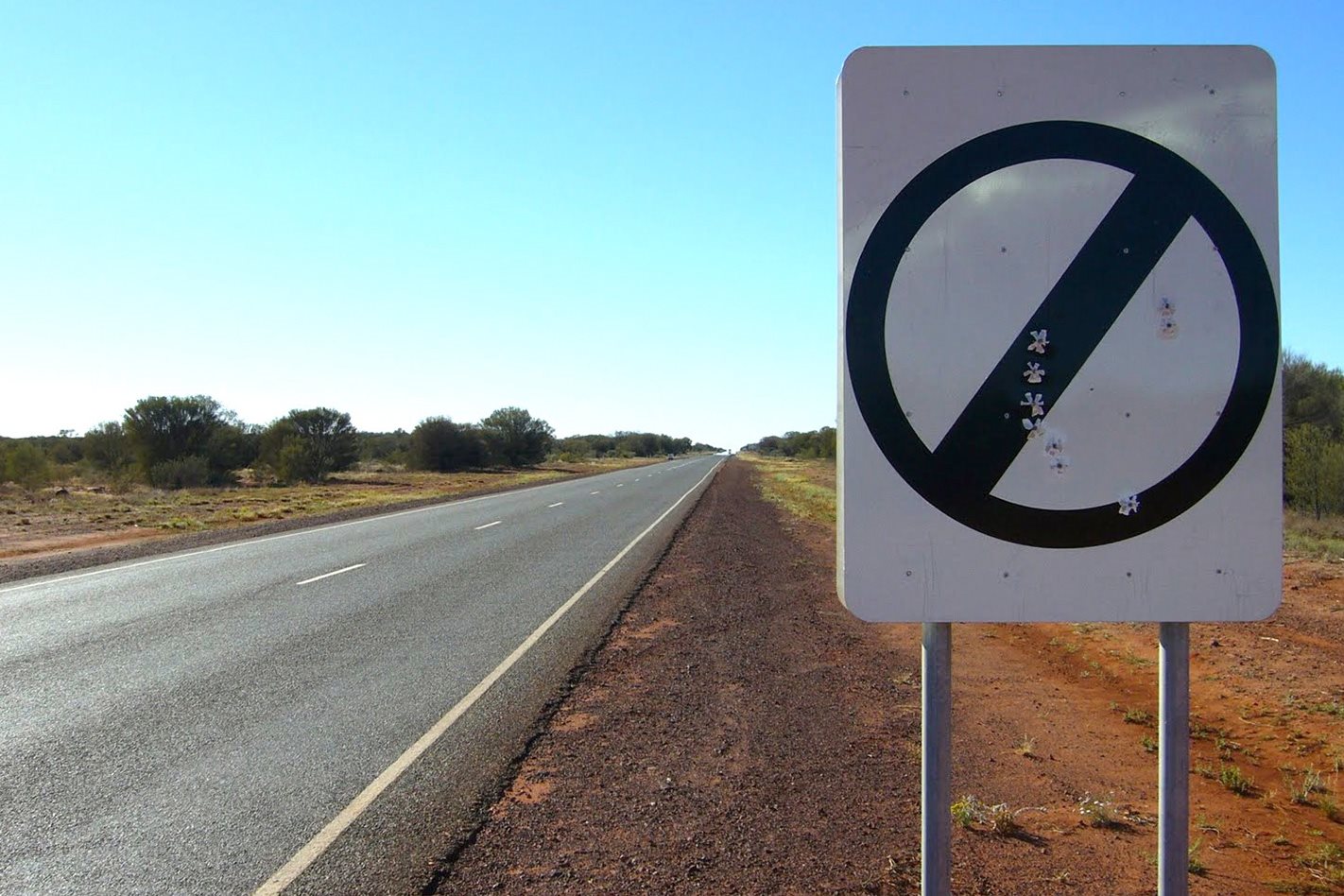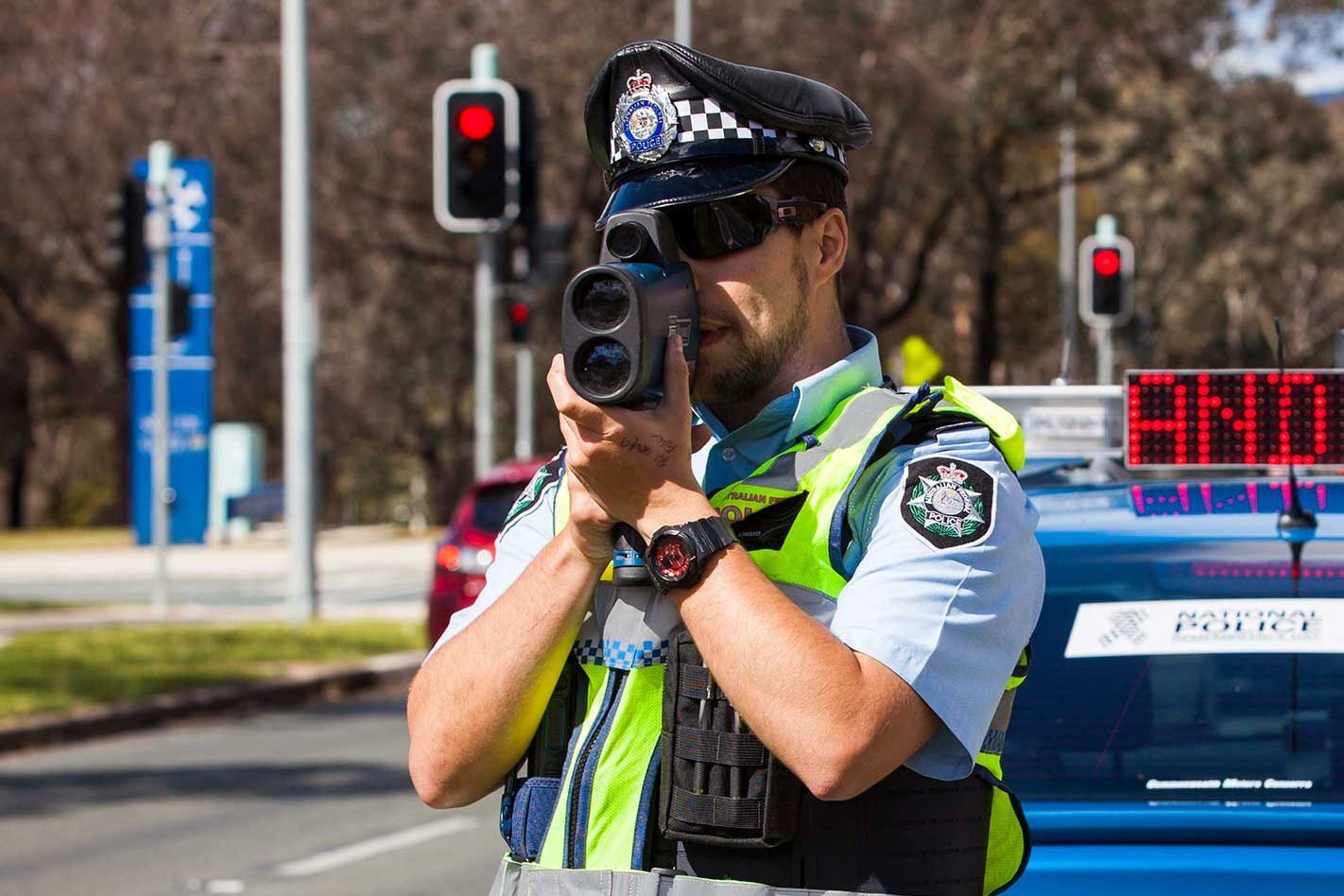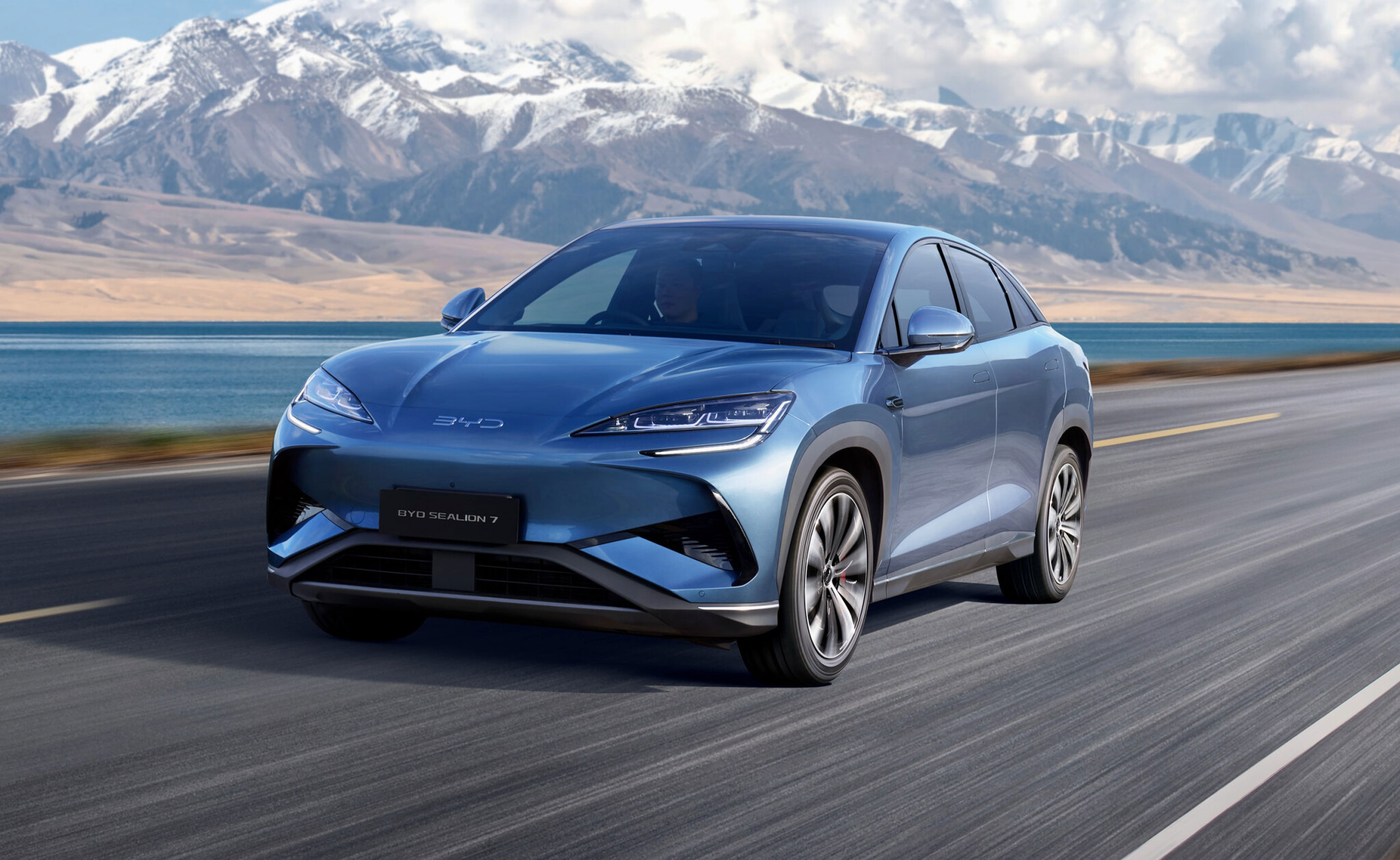AUSTRALIA’S doctors have called on the Northern Territory government to slam the brakes on its open speed trial, calling the experiment in allowing drivers to set their own speed limit “dangerous policy”.
The Royal Australasian College of Surgeons, the Royal Australasian College of Physicians and the Australasian College of Emergency Medicine all today called for the NT to dump the recently extended trial in the wake of the August 27 election.
ACEM faculty member James Fordyce told Wheels the money spent on expanding and maintaining the open speed limits would be better spent on road infrastructure elsewhere, or dealing with the Northern Territory’s high drug and alcohol use problem (a significant factor in the NT’s road toll).
“It’s sending the wrong public health message – we want to be making roads safer, not increasing risk,” Dr Fordyce said.
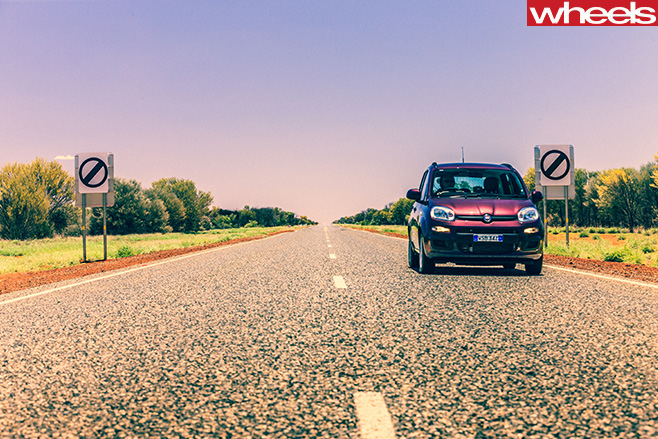
“We already have the highest speed limit in Australia at 130km/h, and as speed increases, risk increases because your reaction time doesn’t get faster but the distance your car travels before you react does, and the damage from impact is that much higher,” Dr Fordyce said.
The NT government’s chief minister, Adam Giles, announced earlier this year that the trial had been extended to cover most of the road between Alice Springs in the south, to Tennant Creek in the central part of the territory, largely in response to drivers “acting sensibly”.
The territory’s Transport Minister, Glen Chandler, said he would work towards extending the trial further if the government was returned in the election.
“Occasionally you’re going to get somebody that drives extremely fast, but it [someone driving faster than 130km/h] is usually in a high-performance car who are doing the right thing,” Chandler told Wheels.
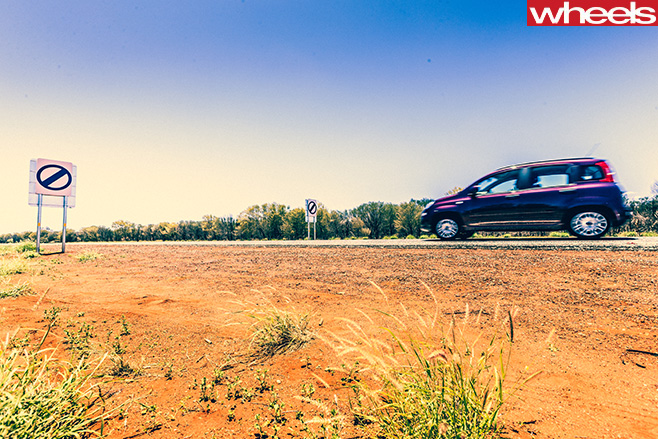
“We will continue the roll-out of the open speed limits on the roads that we’ve done up to the point where the science indicates that they are capable of higher speeds than 130.”
Despite the open speed limits, NT police are still able to book drivers for dangerous driving if they consider speeds are unsafe for a combination of factors, including road and weather conditions, the maintenance of the vehicle and experience behind the wheel.
So, what’s a safe speed? According to Dr Fordyce, it is “governed by the conditions of the road, the condition of your vehicle, the environment, what condition the driver is in – there certainly needs to be good driver judgement in determining a speed to travel at”.
“The reason for putting upper limits on speed are to mandate where the community feels driver judgement goes so far, but beyond that it is an unsafe speed,” he said. “Most drivers will make sensible decisions; some won’t.
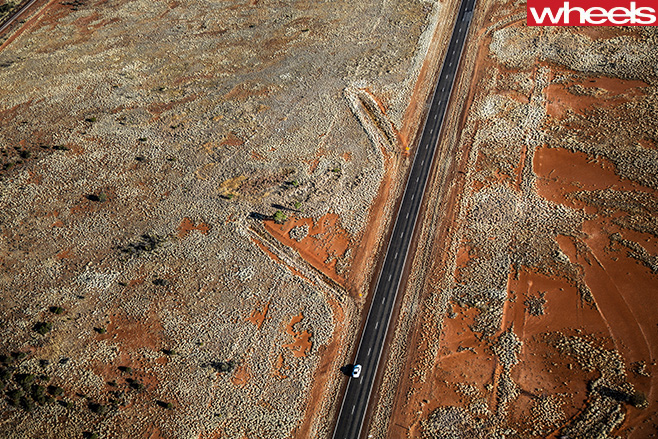
“There is no sensible reason not to have the same systems in place for this 500km in the NT.”
Likewise, Dr Fordyce says he believes there is no need to increase the speed limit along the Hume Highway, which has much better infrastructure to support higher speed limits than the Northern Territory’s Stuart Highway.
“There’s no need to go faster than 130km/h,” he said.
He admitted, though, that speeding does affects us all, even if it is only via the hip pocket.
“I’ve certainly had speeding fines. I try and avoid speeding,” he said.
“I think driving at 130 is pretty fast, I’ve got a good modern car and I wouldn’t want to drive any faster than 130.”
Bentley was recently forced to take down a YouTube video that depicted a Continental Speed GT maxing out on a closed section of the Stuart Highway following a complaint by the Pedestrian Council of Australia.

